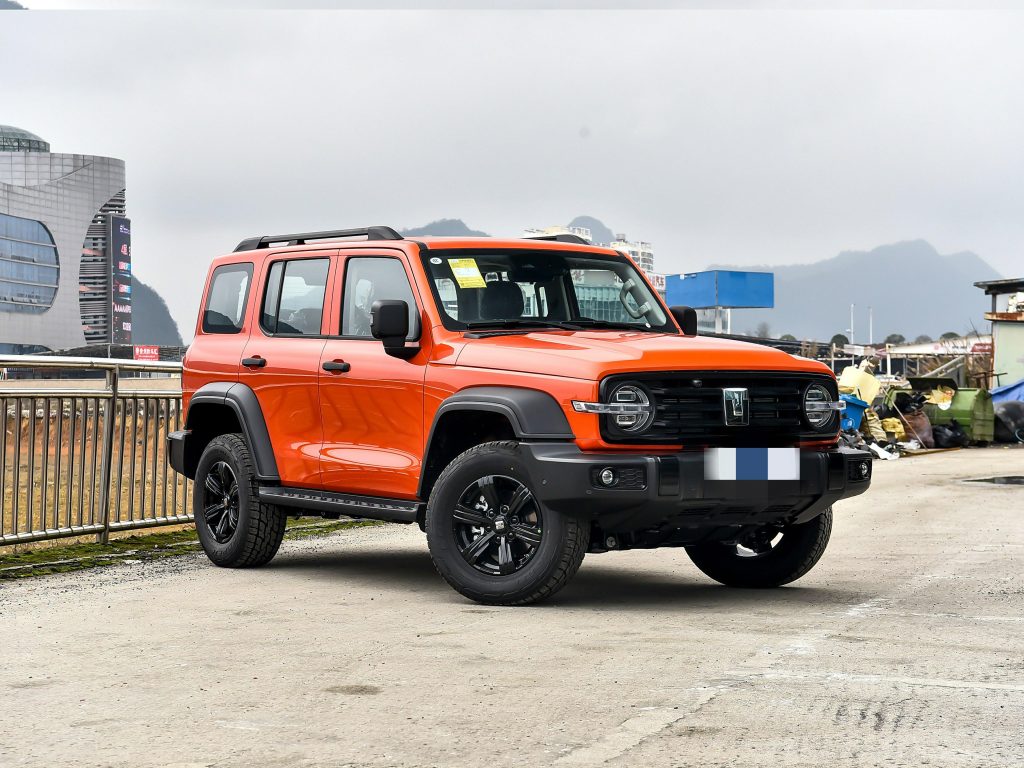The advantages and disadvantages of SUVs
Advantages of SUVs
- Powerful Presence and Prestige: SUVs have a commanding exterior design, often perceived as prestigious.
- High Practicality: Their high chassis improves passability, making them suitable for rough roads, climbing steps, or off-road conditions like mountains and rivers.
- Strong Loading Capacity: Folding rear seats significantly expand trunk space, ideal for carrying large loads.
- Spacious Interior: Taller vehicle height provides ample headroom, accommodating taller individuals comfortably and reducing carsickness due to upright seating and spacious interiors.
- Better Visibility: Higher chassis and seating position allow drivers to see further and anticipate road conditions earlier.
Disadvantages of SUVs
- Poor Value for Money: SUVs are often more expensive than sedans of the same class and displacement, with less impressive interior features or power for the price.
- Higher Fuel Consumption: Tall bodies, larger wind resistance, heavier weight, and wider tires lead to higher fuel use, averaging 2 liters more per 100 km compared to sedans.
- Inferior Handling: High chassis and center of gravity reduce handling precision, increasing the risk of rollovers during sharp turns at higher speeds.
- Less Flexible Operation: Parking is challenging, especially for mid-to-large SUVs, requiring greater skill, particularly for less experienced drivers like some female drivers.
- High Maintenance Costs: SUV components are pricier, leading to elevated maintenance and repair expenses compared to sedans.
- Large Blind Spots: Pillars A, B, and C create significant blind spots, reducing visibility in certain areas.
- Increased Noise: Body structure and wind resistance result in higher driving noise compared to sedans.

